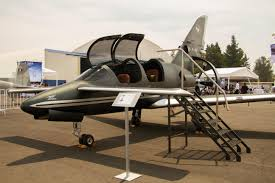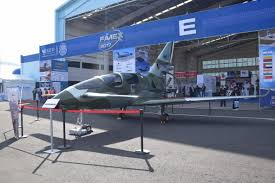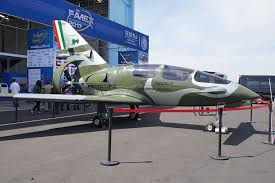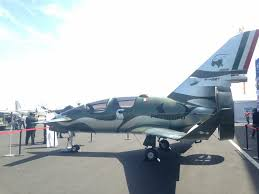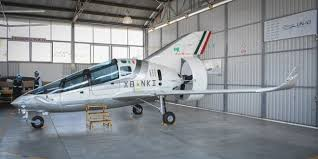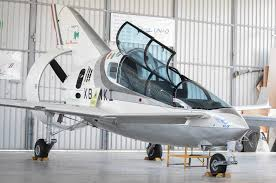pegasus
I really should change my personal text
- Joined
- 22 March 2019
- Messages
- 303
- Reaction score
- 208
https://www.youtube.com/watch?v=OSmxcVcVaiE
 Oaxaca Aerospace – Pegasus 1 (PE-210A) and Pegasus 2 (P-400T)
Oaxaca Aerospace – Pegasus 1 (PE-210A) and Pegasus 2 (P-400T)
Pegasus 1 (AKA PE-210A) is the first end-to-end Mexican-made aircraft to sail the skies since the era of the biplanes. The project was started in 2011 by Oaxaca Aerospace, a 100-percent Mexican company focused on developing technology for the aeronautic industry. Two years later, Pegasus 1 began operational testing and the airplane was formally introduced during FAMEX 2015.
PE-210A is a prototype designed for testing. Thus, all necessary improvements will be incorporated into Oaxaca Aerospace’s second prototype: P-400T. Both P-400T and PE-210A are fixed-wing, two-seater aircraft with a canard configuration where the horizontal stabilizer is placed in front of the wings. But while PE-210A is equipped with a 210 HP Lycoming AEIO-390 piston engine, P-400T’s powerplant is a 400 HP twin-turbocharged engine that uses jet fuel and features a backup turbine for emergencies and fast take offs. This engine enables P-400T to reach a top speed of 550km/h and an altitude of 7.3km. After being presented in FAMEX 2017, P-400T is planned to start its test protocol in 1Q18.

Pegasus 1 (AKA PE-210A) is the first end-to-end Mexican-made aircraft to sail the skies since the era of the biplanes. The project was started in 2011 by Oaxaca Aerospace, a 100-percent Mexican company focused on developing technology for the aeronautic industry. Two years later, Pegasus 1 began operational testing and the airplane was formally introduced during FAMEX 2015.
PE-210A is a prototype designed for testing. Thus, all necessary improvements will be incorporated into Oaxaca Aerospace’s second prototype: P-400T. Both P-400T and PE-210A are fixed-wing, two-seater aircraft with a canard configuration where the horizontal stabilizer is placed in front of the wings. But while PE-210A is equipped with a 210 HP Lycoming AEIO-390 piston engine, P-400T’s powerplant is a 400 HP twin-turbocharged engine that uses jet fuel and features a backup turbine for emergencies and fast take offs. This engine enables P-400T to reach a top speed of 550km/h and an altitude of 7.3km. After being presented in FAMEX 2017, P-400T is planned to start its test protocol in 1Q18.

